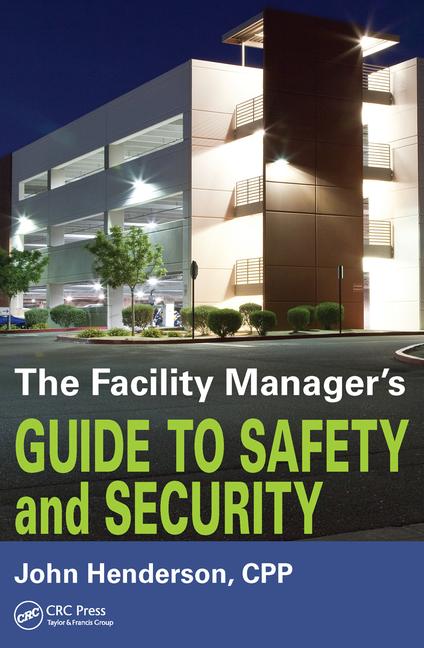The National Institute of Building Sciences Natural Hazards Mitigation Saves 2019 Report recently took center stage, during a mitigation hearing on Capitol Hill.
The House Committee on Transportation and Infrastructure Subcommittee on Economic Development, Public Buildings, and Emergency Management held the hearing, “Building Smarter: The Benefits of Investing in Resilience and Mitigation,” on March 18.
Mitigation Saves represents the most comprehensive benefit-cost analysis of natural hazard mitigation, from adopting up-to-date building codes and exceeding codes to the upgrade of utility and transportation infrastructure.
“Millions of Americans are exposed to these disasters, as we’ve recently seen with the severe winter storms in Texas and tornadoes across the south,” says Lakisha A. Woods, CAE, President and CEO of NIBS. “Mitigation saves lives. It is a crucial step to keeping our homes, businesses, and communities safe.”
Testimony by Velma Smith, a senior officer with the Flood Prepared Communities Initiative for The Pew Charitable Trusts cited Mitigation Saves, which is produced by the NIBS Multi-Hazard Mitigation Council.
“Their conclusions, over and over again, tell us that mitigation saves and that the sooner the mitigation actions are taken, the more the associated benefits will multiply,” Smith said. “The amount of savings varies by type and project, but overall, the numbers run in ranges from $4 in savings per mitigation dollar invested to as high as $11 saved per dollar invested.”
Background
NIBS has studied mitigation for more than two decades. In 2005, NIBS studied the value of mitigation. In 2016, the original report was revisited and expanded.
Specifically, Mitigation Saves looks closely at:
- Building code requirements. Model building codes serve as the baseline to protect our built environment, setting minimum safety requirements for buildings. Compared with past (1990s-era codes), modern codes improve building resilience to natural disasters and save $11 for every $1 invested.
- Federal grants. Federally funded grants to study mitigation have resulted in a national average benefit of $6 to every $1 invested in upfront mitigation costs. Every state in the nation is estimated to experience $10 million in benefits from federal grants to mitigate flood, wind, earthquake, or fire. The majority of states experience at least $1 billion in benefits.
- Retrofit. Updating utilities, transportation facilities, and existing buildings is a critical component of mitigation. Water, wastewater, electricity, rail, roads, highways, telecommunications, and existing building stock must be better positioned to resist future disasters.
For more information on various kinds of natural hazards and the costs associated with mitigation, visit nibs.org/projects/natural-hazards-mitigation-saves-2019-report.





